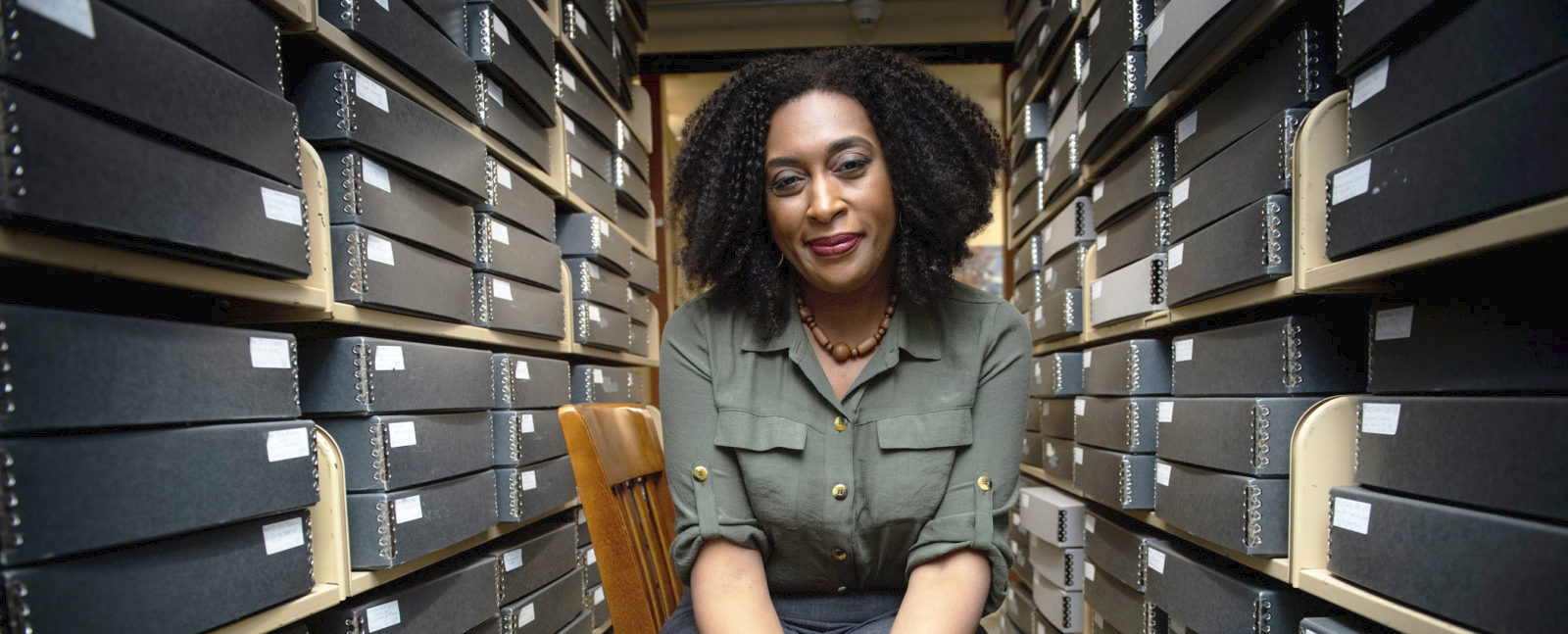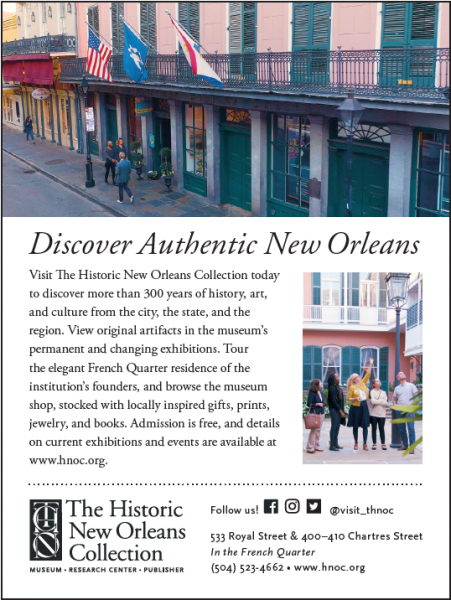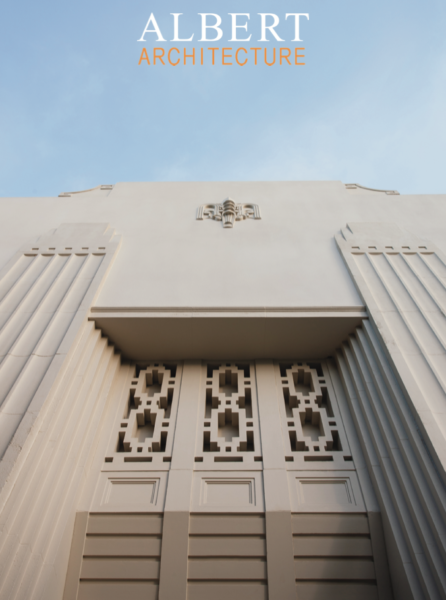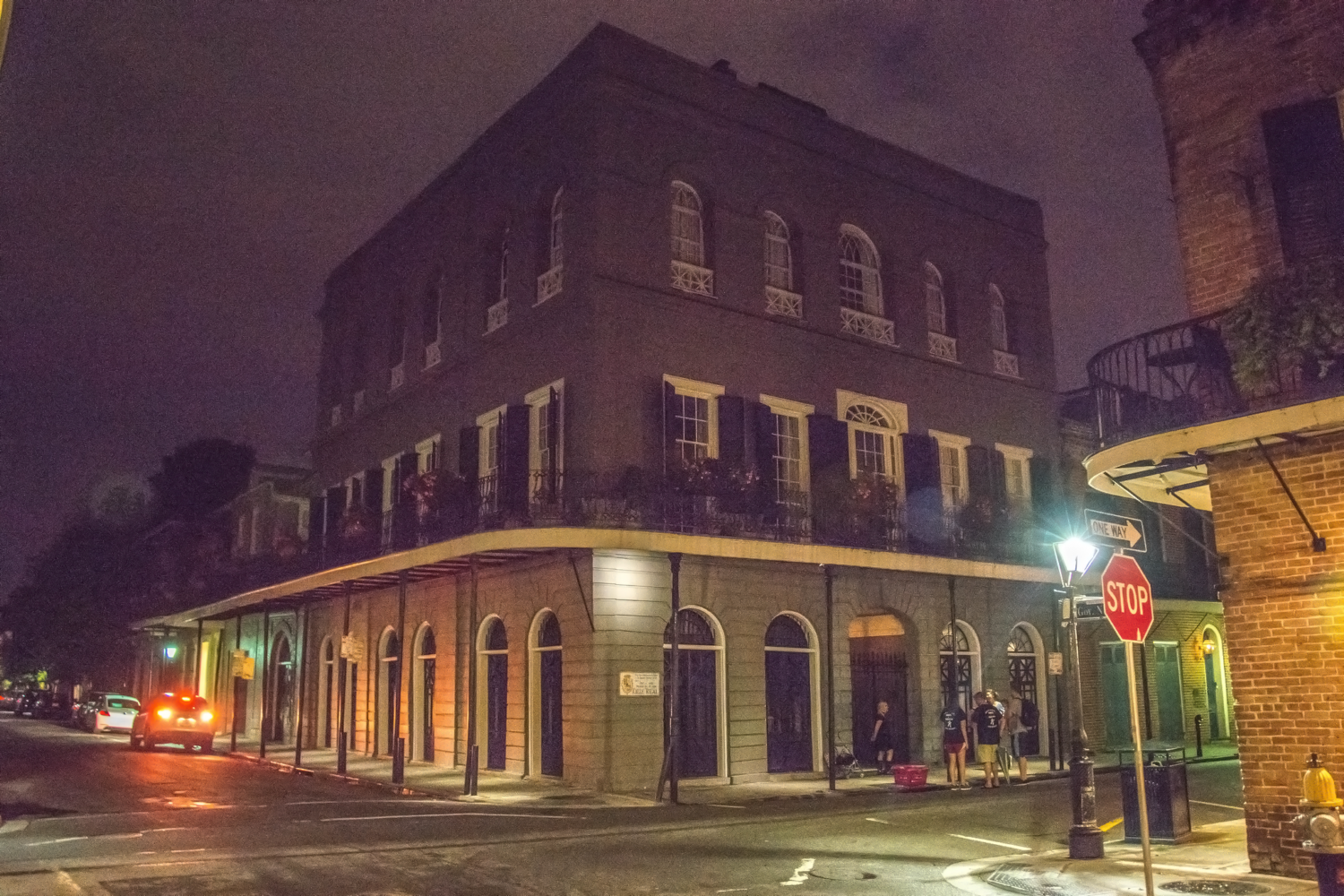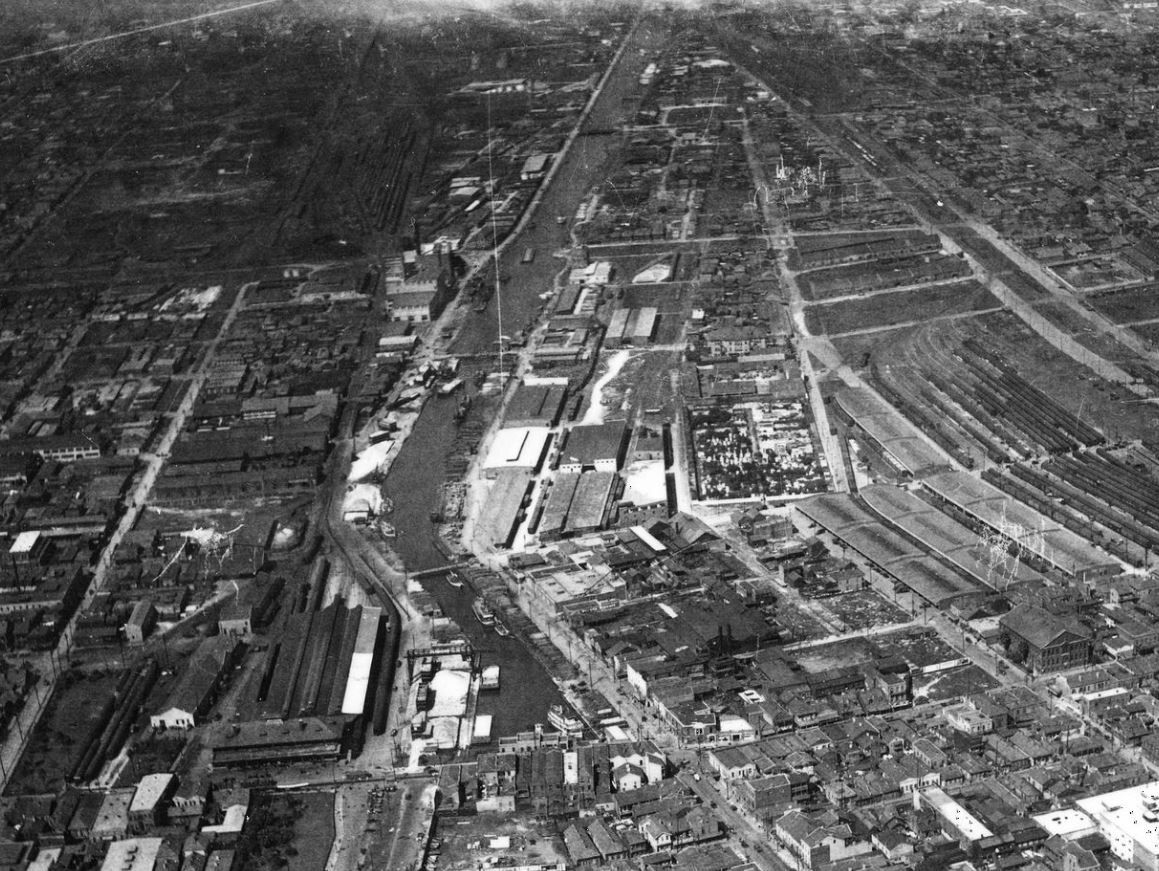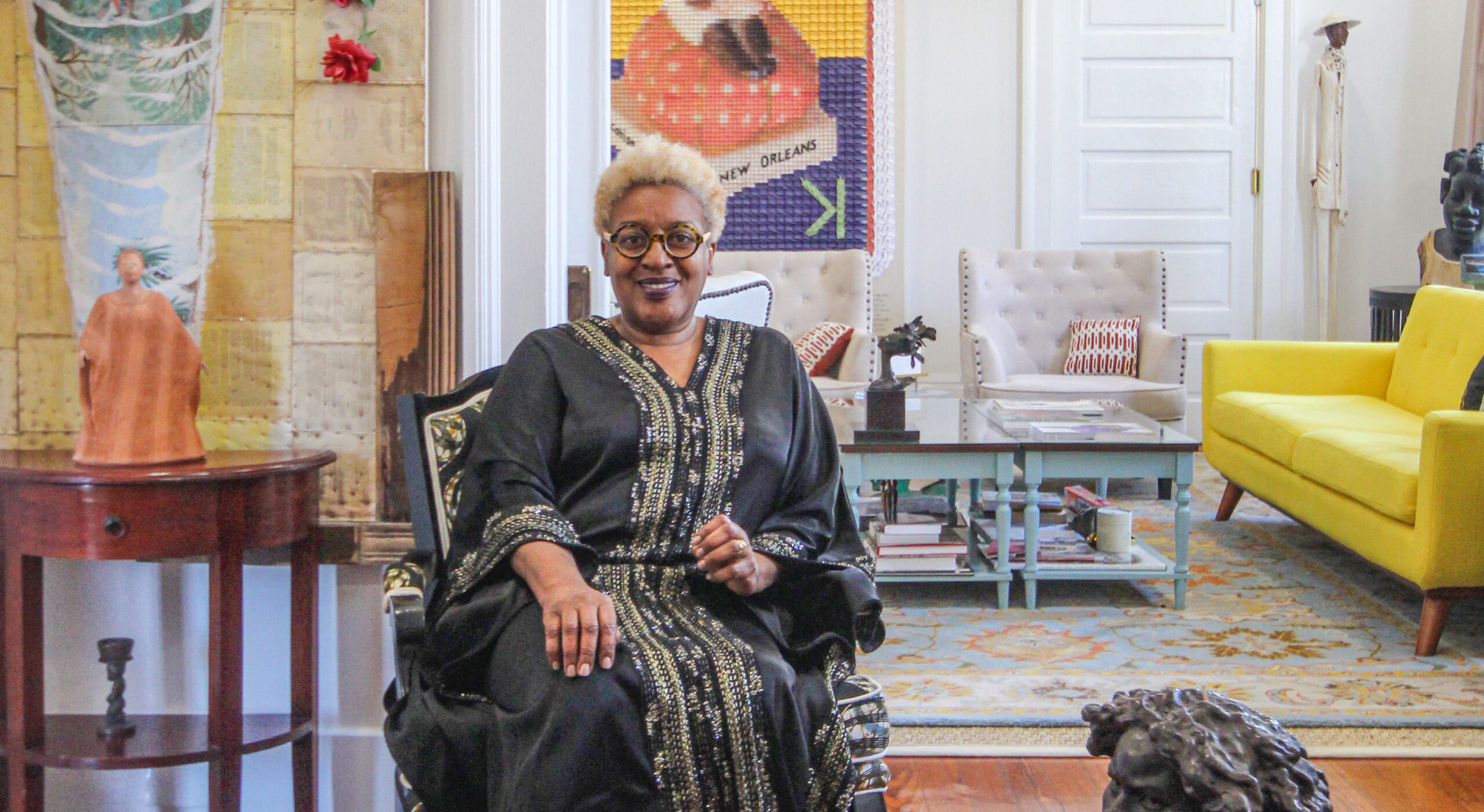Photo by Paula Burch-Celentano
I’m a Preservationist
Melissa Weber, also known as DJ Soul Sister, is the new curator for Tulane University’s Hogan Jazz Archive. In the November issue of PRC’s Preservation in Print magazine, she weighs in on the importance of saving historic jazz sites.
Interested in getting more preservation stories like this delivered to your door each month? Become a member of the PRC for a subscription!
What are you most looking forward to in your role as the new curator of Tulane’s prestigious Hogan Jazz Archive?
Aside from the obvious part for me, which is getting to work with materials pertaining to New Orleans music, musicians and culture, I am so excited about being a part of the library’s efforts in improving access and discoverability around the archive’s collections. That’s always been a personal mission of mine, helping to make information available to all. I suppose I inherited this love of sharing information from my mother, a retired New Orleans public school teacher. And then once materials are processed and discoverable, devising programming plans around the collections is something that I really look forward to doing more of. The power in archives and special collections is not simply the materials that are contained in them and preserved for future use, but in the ways that they can inform the work and knowledge of users, whether they may be academic researchers or community members seeking information. Access and outreach are two main components that work toward that goal.
The archive covers more than just jazz history. How important is it to include other music genres in the collection? What are some of your favorite items in the archive?
Of course. The innovations of New Orleans provide the basis of all popular, contemporary music. During a recent visit to Washington, D.C., a man said to me, “So you’re from New Orleans? That’s where all the music comes from!” I’m glad that people know this fact, and I want to make it more known, including to our students here at Tulane who may not realize this. The Hogan Jazz Archive’s collections are strong in traditional jazz, which provides an integral foundation for the basis of what we call New Orleans music. There is also incredible work around New Orleans gospel being done here by my colleague Lynn Abbott. I’m interested in increasing resources related to contemporary jazz and brass bands, pioneering rhythm and blues and funk artists, even our local bounce rap artists. All of the genres are not only important, but are related. Making sure they’re represented will help future researchers learn and possibly tell diverse stories of our music and our city, which have always influenced everyone and everywhere else. My favorite items that are currently in the archive are all of the collections, both processed and unprocessed, because I’m getting to know them. The most popular favorite would be the oral history collections, but there are more materials yet to be made discoverable.
Advertisement
As DJ Soul Sister, funk is your calling card. Do you think your work with the archive will influence your DJ sets?
I wouldn’t necessarily say that funk is my calling card, though it’s a primary love of mine. It was my first love, and from that I wanted to learn the story of music in general. This is why the field of musicology is so interesting to me, and why I’m blessed to be a native of New Orleans, which is not only the birthplace of jazz but the home of all music. As far as my Soul Sister sets, which go back to the mid-1990s when I started as a show host on WWOZ 90.7 FM, I’ve always discussed my style as representing rare groove. That’s a general term that refers to rare, soulful music that’s not specific to genre, but is specific to not being a top Billboard hit. I seek obscure 12-inch singles on vinyl and rare album cuts from the 1970s and 1980s that make me feel good, and as long as the music is soulful, that’s what calls me. I’ve been collecting records since I was around six years old, and I haven’t stopped. I also have a sizable collection of memorabilia related to the music I collect, and this absolutely includes New Orleans music. I joke that I have my own archives at my house. As far as how my role as curator of the Hogan Jazz Archive could influence my DJ sets, it’s probably got me thinking about everything in more scholarship-related terms. I feel like I, all of a sudden, have tons of new ideas on papers and presentations that I want to write about the personal music collections that I have. I have to slow myself down when I start getting excited about all of that, though. <laughs> It’s like, “One thing at a time, please!”
You’ve performed in venues all over New Orleans. What is your favorite historic building or music venue?
My favorite music venue, which is historic in the course of contemporary New Orleans music history, is absolutely Tipitina’s. And the Hogan Jazz Archive even has sound and other materials related to the history of Tipitina’s. Most of those are included in the Allison Miner Collection, which includes the papers and tapes of Miner, who co-founded the New Orleans Jazz & Heritage Festival, started the New Orleans Jazz & Heritage Foundation Archive, and managed the legendary Professor Longhair prior to his 1980 death. Anyone wanting to learn more about the history of Tipitina’s will find incredible materials among the Hogan Jazz Archive and Special Collections archives here.
Since the 1990s, the PRC has worked to identify, save and acknowledge sites of jazz importance, including renovating the former homes of several early jazz musicians. But more sites still need to be saved. As a music professional, how important is it to you to see the restoration of these buildings where New Orleans’ original music was born?
People around the country are having the conversation around preservation and restoration of culturally relevant sites and homes. This has just come up recently in Baltimore, where the childhood home of Cab Calloway is slated for razing. His grandson is starting a very noble campaign to save the house, since Calloway is a major figure of importance in popular music history. Among other accomplishments, his 1931 song “Minnie the Moocher” was the first million-selling single by a Black artist. Calloway’s band also included, for a time, the rhythm guitar work of Danny Barker, a pioneering New Orleans music artist, educator and practitioner. The work that the PRC does is extremely important in that it advocates for those who understand that historic preservation is important in a city like ours, where culture is not only relevant, but recognized as such. Restoration and preservation work comes from communities who understand and respect the lineage of a place, ensuring that future generations never forget our historical importance. I’m thankful to all who do this work. I’m thrilled to also be a part of this work, and hope that this type of work inspires others to seek out the stories that history provides for everyone.
Advertisements



